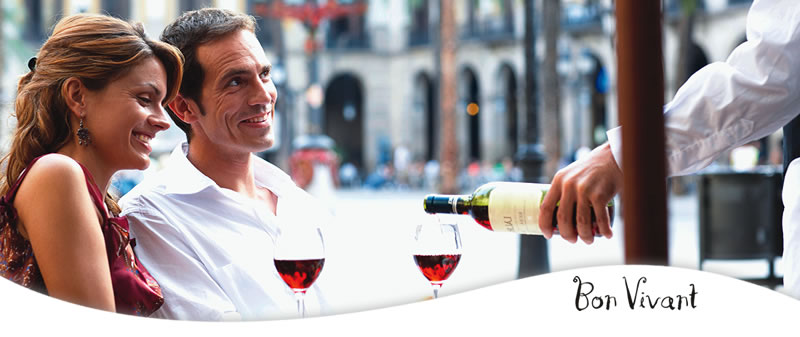
There’s something special about the fresh, salt-tinged air in Halifax, the deep blue of the Atlantic and the sunny disposition of people who live in a province named “New Scotland.” Maybe it’s something in the air that makes the people here just that much more hospitable than most of their Canadian counterparts. Maybe it’s the abundant seafood that they get to feast on whenever the mood strikes (seafood is supposed to be an aphrodisiac after all!). Or maybe it’s that on the eastern shores of such a massive country like Canada, the people who call Halifax home have found their own Shangri-La.
Whatever the reason, one thing is certain- this province is as beautiful as is the bounty of their tables. On a recent visit, we ate at the charming and cozy Fid Resto in downtown Halifax where owner/chef Dennis Johnston pays homage to the region’s long-lasting love affair with fresh fish and all things locally sourced. Don’t miss the warm local wild mushroom tart with Fox Hill aged cheddar (from nearby Annapolis Valley) or the perfectly seared Atlantic Halibut with roasted vegetables, organic carrots, parsnips and Brussels sprouts. Both say “proudly Nova Scotian” prepared by a chef who loves this province more than most.
At Fid, we enjoyed Gaspereau Vineyard’s 2008 Seyval Blanc- a crisp, clean and fresh wine produced by Gina Haverstock in the picturesque Annapolis Valley. A mere hour and change drive outside of Halifax, and you’re in a bucolic, gently rolling pastoral setting where local food artisans and an entire wine industry have set up shop. From lamb, cattle, fruits and vegetables, to Gaspereau Vineyard and several other wineries (including Benjamin Bridge that is working on a comprehensive “Champaign” method sparkling wine program), the Annapolis Valley is a culinary force in the making.
No stop to the valley would be complete without a visit to Tempest World Cuisine in Wolfville helmed by slow food proponent and one of the province’s celebrity chefs, Michael Howell. Take his perfectly caramelized Mahone Bay scallops with organic beets and Rancher Acres goat cheese finished in a beet beurre blanc – this was a beautifully balanced flavour sensation that typifies Howell’s cooking. Paired with the valley’s L’Acadie Vineyards L’Acadie Star (07), the wine’s citrus/grapefruit notes played off perfectly against the dish.
Wine route tours, lovingly restored historic inns that belonged to titans of the boating industry, top notch cuisine showcasing local product and miles of pristine views await the hungry traveler to Nova Scotia. I’ve been twice and every time I go, I discover a new gem and am always amazed by the hospitality locals extend to those of us “from away.” This is my kind of province and I’ve only ever been in winter. I can only imagine what the Atlantic looks like shimmering in the mid-day summer sun and what a lobster broil would taste like by the water’s edge!










